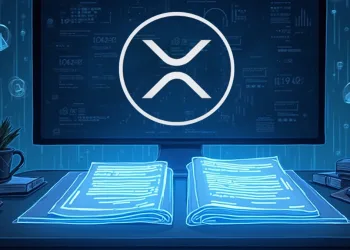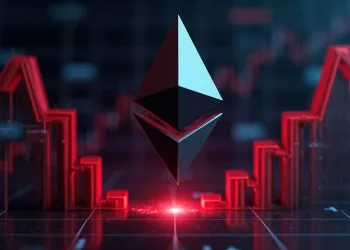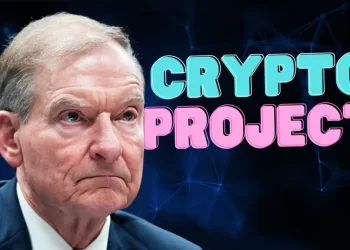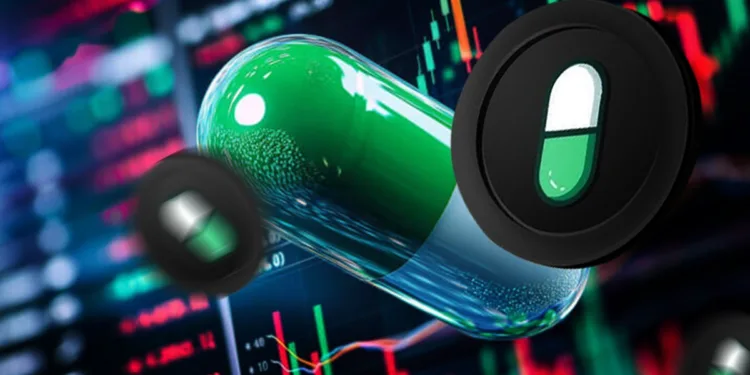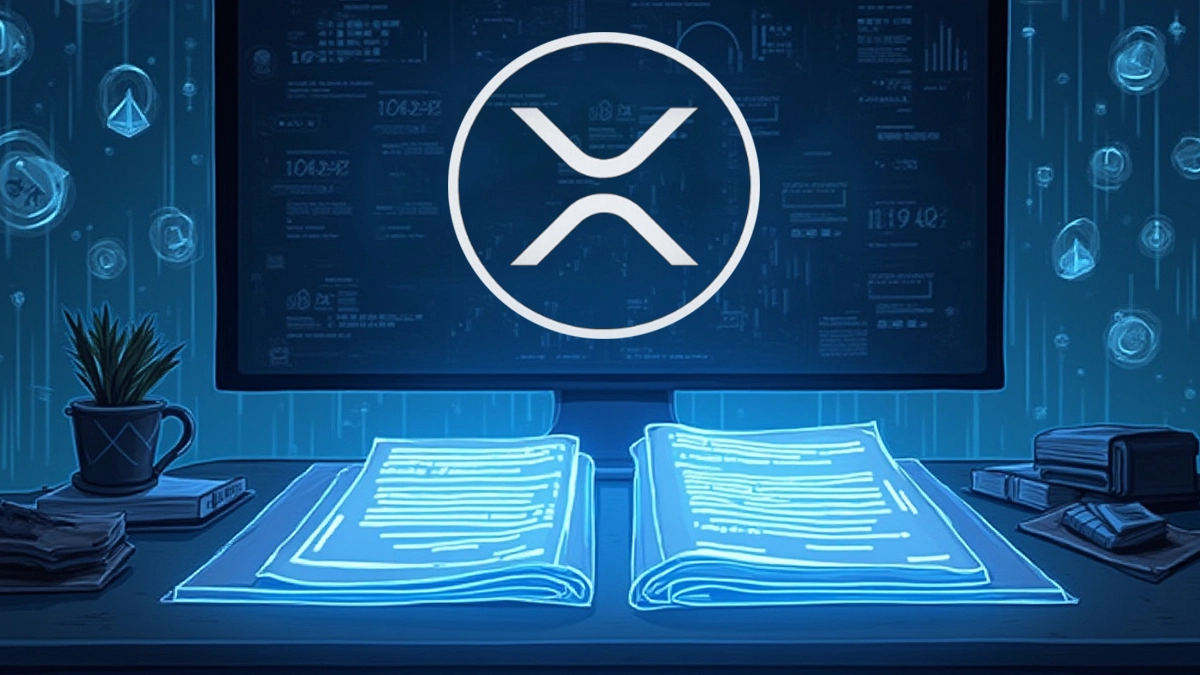- The outcome of the SEC lawsuit brought regulatory clarity to XRP, restoring market confidence and setting the stage for renewed institutional interest.
- Now that Ripple’s RLUSD stablecoin and the general RL support RWA tokenization, and the XRP Ledger is broadening its utility beyond cross-border payments.
- With CME futures and potential spot ETFs on the horizon, XRP is gaining traction in mainstream financial markets.
In the last ten years, Ripple has been one of the most discussed digital assets in the cryptocurrency market. Dating back to the year 2012, the token was developed by Ripple and the XRP Ledger for the intended and primary use of enhancing efficient and cost-effective payment in cross-border transactions.
Although its focus has remained on payments infrastructure, XRP has won legal battles, market fluctuations, and network developments that shaped its current standing. The asset recently entered a new phase following Ripple’s partial legal win and the network’s diversification beyond payment solutions.
Ripple vs SEC: Legal Battle and Clarity Sparks Institutional Surge
In December 2020, the U.S. Securities and Exchange Commission sued Ripple Labs for selling XRP as an unregistered security. After lengthy litigation, a federal court in July 2023 ruled that XRP sales to institutional customers were illegal under securities laws while sales to the end consumers were legal.
This had mixed effects on Ripple as it gave it a partial legal win and altered the regulatory position for XRP. In March 2025, both parties settled the case, ending appeals from both sides with Ripple paying a reduced fine of $75 million after the SEC returned $50 million of the original penalty.
Following the lawsuit settlement with SEC, Ripple expanded network developments, XRP saw a price surge rebounding from previous lows now trading at $2.20 as of May 2025. This recovery reflects renewed investor confidence, upcoming CME futures in the near term, and institutional adoption as more institutions integrate and adopt the space in payment solutions and tokenized assets.
RLUSD Ignites XRP Ledger’s Next Wave
Beyond the legal front, Ripple has continued expanding the XRP Ledger’s utility. While its core remains focused on payments, new utilities have emerged. Most notably, the blockchain now supports decentralized finance (DeFi), gaming integrations, non-fungible tokens (NFTs), and real-world assets tokenization.
Following this development, Ripple brought in its own stablecoin, the RLUSD, for more comprehensive integration within the Ripple ecosystem. This expansion aligns with XRP Ledger’s decentralized exchange (DEX), where XRP plays a bridging role.
Supply, Access, and Integration
XRP’s tokenomics also differ from many cryptocurrencies. As for the distribution of stocks, the entire token amount of 100 billion was pre-mined in 2012, of which 58.4 billion are in circulation. The rest, largely held by Ripple in escrow, gets unlocked from time to time. Another unique feature of the XRP Ledger is that rather than the fees being rewarded, they are burned, adding a minor deflationary effect.
Users can purchase XRP through major exchanges, including Binance, Coinbase, and OKX. As of May 2025, XRP is also set to launch on the CME as a futures product, and applications for spot XRP ETFs .Thus, XRP’s evolution over a decade underscores its growing relevance in finance, supported legal regulation, technological advancements, and institutional interest.






